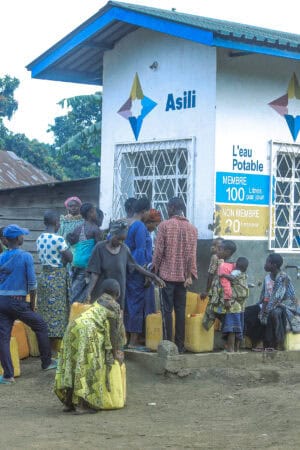
By Courtney Nelson
Minova, an agricultural and fishing village in the Kahele territory in Democratic Republic of the Congo, has long served as a “city of refuge” for internally displaced people (IDPs) escaping violence in the region. Rwandans fleeing genocide in 1994, Congolese from Masisi through the late 90s, and now an increasing number of IDPs seek refuge as the conflict with M23 intensifies. Since February 2nd, over 120,000 IDPs have sought refuge in Minova, finding shelter in camps, schools, public buildings, or with host families. With 23 of Minova’s 60 schools functioning as full-time shelters, class sizes in the remaining schools exceed 150 students each, while over 18,000 students are unable to attend school altogether.
What’s more, Minova serves as a vital breadbasket for the neighboring city of Goma. Its thriving markets provide fruits, vegetables, and fish to millions of people––and the war-induced isolation is driving up the cost of food, causing a growing sense of fear among the population . A resident of Goma recently told BBC, “We are scared of going hungry if the [Congolese army] do not liberate any of the main roads very soon. You can feel the panic here…people are very scared.” One of those “main roads” leads to Minova.
For Minova residents, daily life is under significant upheaval. Asili Clinic Manager, Dr. Ted Mondo Bisimwa shared, “Staff work in a context of permanent stress where they hear gunshots and bombings…with a strong presence of soldiers and displaced people who are deprived of all and living largely in camps with makeshift shelters. And this in a city without electricity and with severe disruptions to telephone networks.” Moreover, the scarcity of food extends beyond Goma. As reaching fields becomes increasingly dangerous, the bread basket is emptying. “The major difficulties at the moment are famine. With the arrival of displaced persons here in Minova, the population has doubled, even tripled. Access to water is becoming insufficient; cholera has resurfaced,” shared Minova resident Ombeni Amani.
For international non-governmental organizations (INGOs) that have been providing Minova with vital resources like clean water and medical aid, the onset of war has meant forced evacuation. And with their departure, so does the community’s access to essential resources. Amani continued, “Personally, I used to work for an international organization that has scaled back its activities in the area. I am a resident of Minova and live in this community with my family. I cannot leave the area; I am unemployed, but I must survive.”
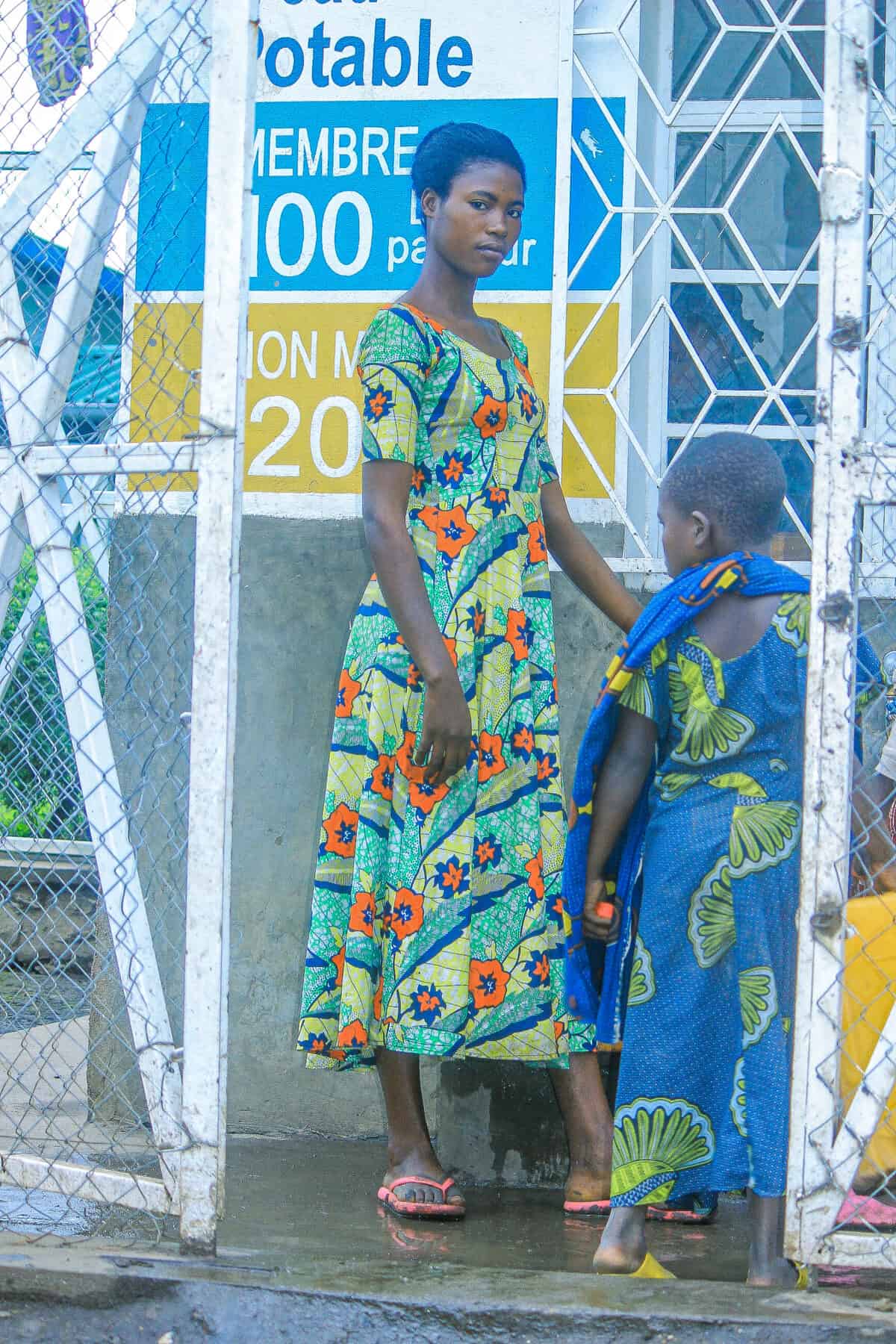
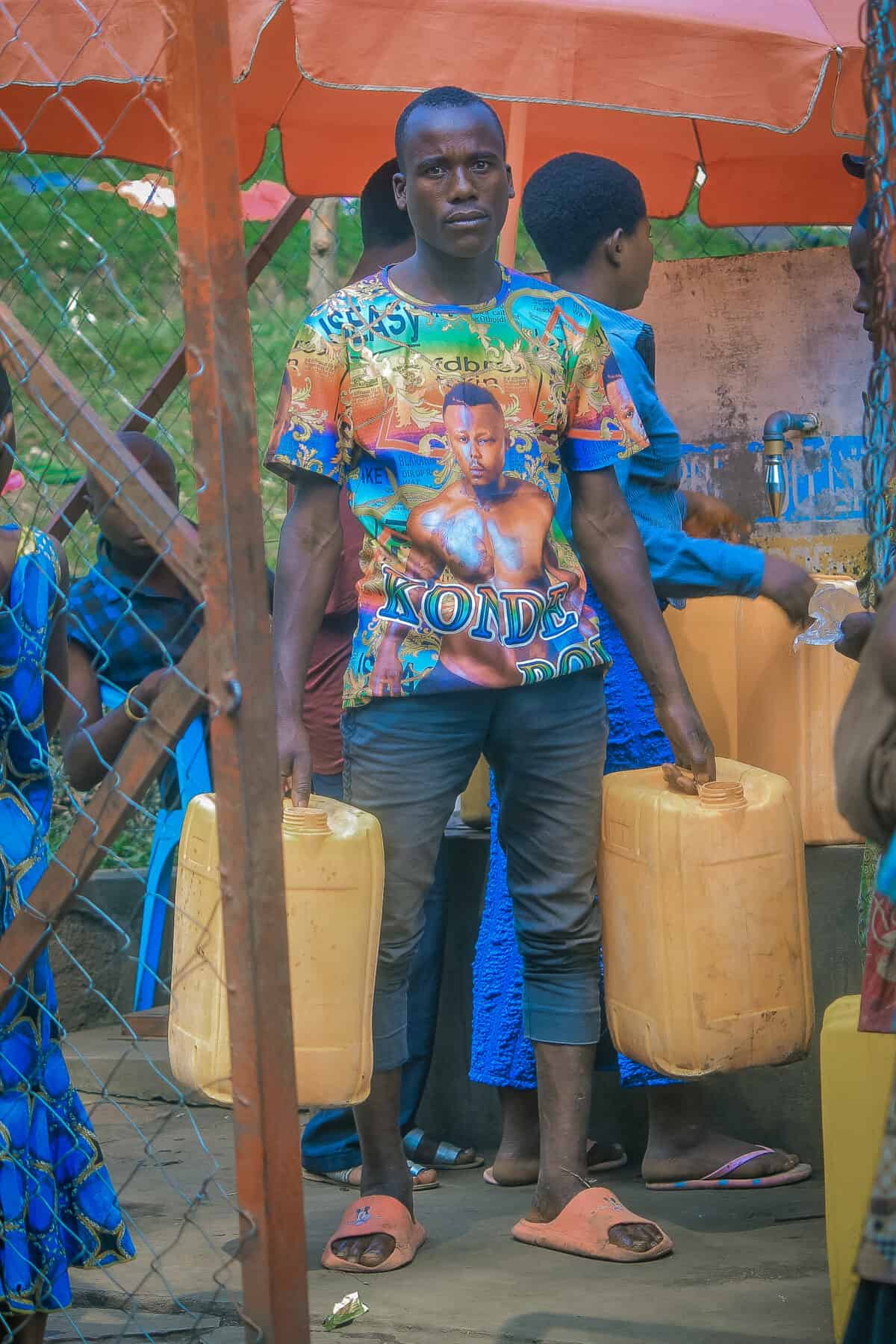
Over the past 25 years, emergency aid has been a key component of foreign assistance packages and the work of INGOs in eastern DRC. And while immediate aid is indispensable in times of crisis, a critical question remains: What is left when the grant or project ends? In other words, how long should an impact last?
In regions like eastern Congo that face repeated fragility, it’s crucial that we evaluate the durability of solutions brought through this revolving door of aid. Rather than emphasize outside metrics with an effective exit strategy, focus must be on collaborating with communities and supporting locally-developed, tailored solutions. In short, work must be made of, and made for, the same community. Adopting this approach shifts dynamics, pointing the value of aid to investment over rescue. Abraham Leno, Executive Director of Eastern Congo Initiative (ECI) shares, “Our focus in development should never be about how soon we leave, but about how strong and resilient we leave the communities and systems we have helped to build.” Leno, whose family was displaced during the civil war in Sierra Leone, lived in a refugee camp prior to his work in Congo. “Many organizations build mediocre programs that eventually fail because they don’t realize they’ve fallen on the mentality of us versus them. When I’m in Minova, I drink from the community water taps because I trust what we’ve built together. How many INGOs use their own services? Not many.”
Asili, the social enterprise from ECI that Leno mentions, upends the conventional aid model by utilizing philanthropic funds as seed capital for water and healthcare businesses. From construction to day-to-day operations, the business is developed in lock step with local communities, ensuring collective ownership and fostering transparency. Leno adds, “One of the hardest things to build within broken societies is trust. We knew from early on that if we were to succeed, Asili must be built on absolute trust. Trust in our intentions, trust in our service, and most importantly, in our people.”
This model proves crucial in Minova. In addition to its growing IDP population, the region continues to battle an overwhelming rate of water-borne diseases. Since January, cholera cases have spiked, from six per week to over forty. The local hospital is at capacity; The Minova Health Center and the Bobanda Health Center each report over 120 IDP consultations per day. This makes preventive measures like access to clean water paramount. As a result of long-term investments from Asili and donor Nespresso, whose work with the farmers in the area is strengthening the economy, the community developed vital infrastructure. Right now, a 400,000 liter reservoir provides clean water around the city, planning is underway to pipe directly into IDP camps, and clinic staff stand ready for patients. When asked if staff are considering leaving, Asili’s Dr. Mondo Bisimwa added, “No, no one. As healthcare staff, we are bound by our oath to always serve. Besides, most of the staff is from here.”*
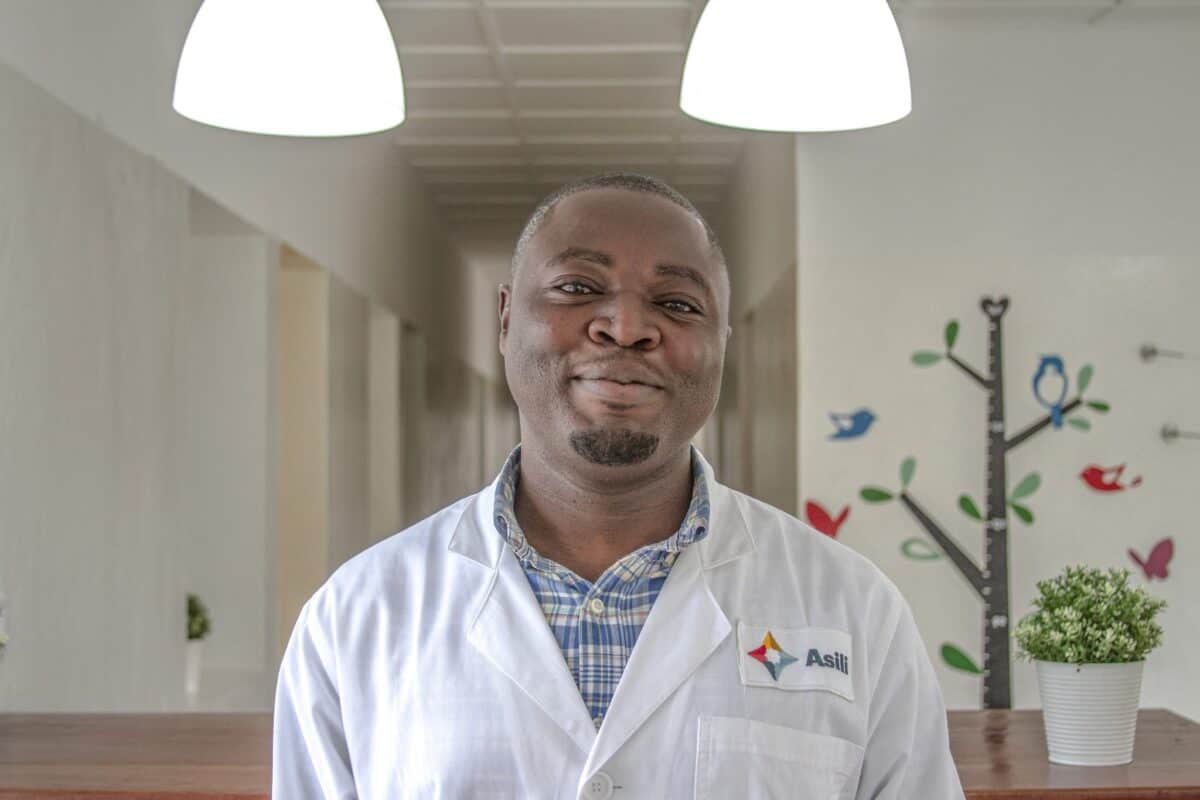
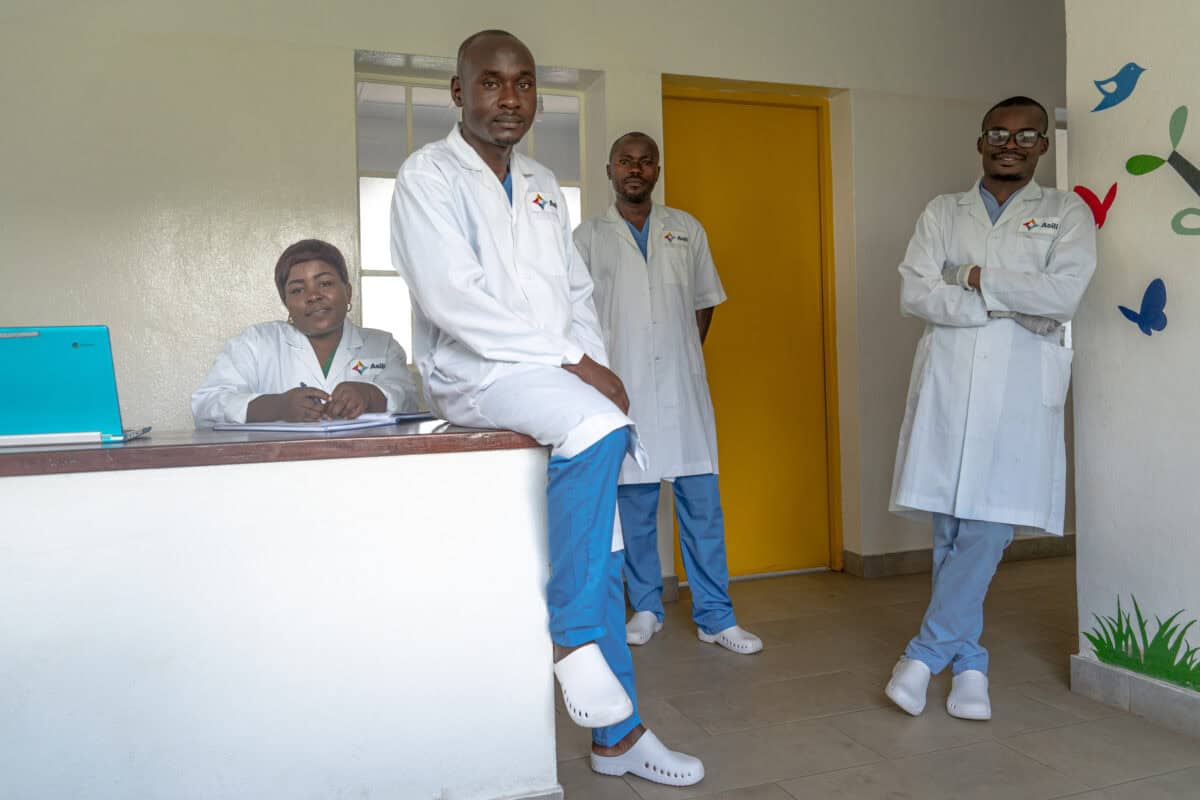
For communities in eastern Congo, meaningful multigenerational change that improves quality of life will require more than emergency interventions. While immediate services are necessary and welcomed, it’s crucial to also prioritize long-term development. Systems can only be truly sustainable if local communities are in the lead, driving their own path forward. Minova’s Amani adds, “The positive impacts of humanitarian organizations are the contributions to the urgent and daily needs…the negative impacts would be that these organizations intervene but fail to cover the real needs of communities and displaced persons…for example, providing insufficient medicines or only for a part of the community. Or providing aid that is not suitable. ”
The cornerstone of effective change lies in proactive responses that are adaptable, anchored by a strong foundation, built in collaboration with the community from the ground up. ECI Director Leno finished, “Implementation is not co-creation. You can’t ‘find’ a solution across the world, apply it through local contractors, and think that the final project report is the end of that journey.”
As violence escalates, Asili will remain open, providing free water to displaced people through designated taps and work to distributing jerry cans that allow the transportation of water to shelters.
Get involved today, but supporting local response. Please click the links below.
*Days after talking to Dr. Mondo, the encroaching war and abrupt rise of sexual violence forced female staff to be evacuated from Minova. While more intentional intervention is needed to prevent assault, limiting travel for women is a primary way to immediately lessen danger. Eliminating long walks for water is a basic, but crucial step that you can support.
